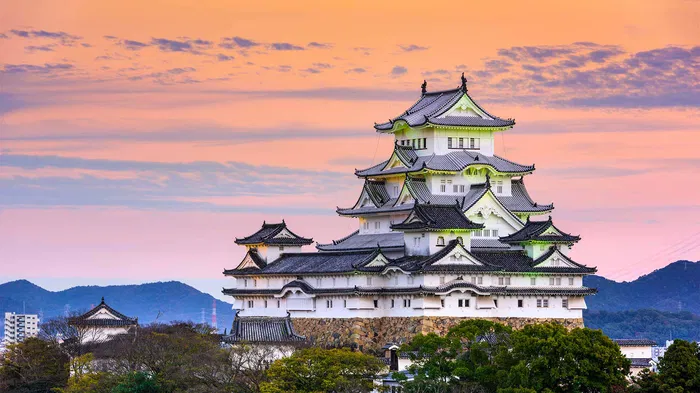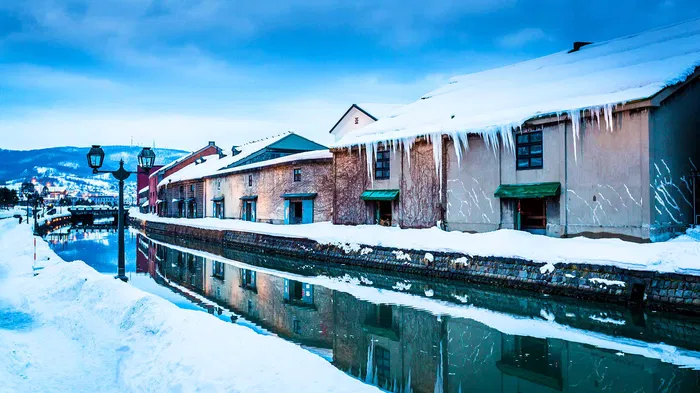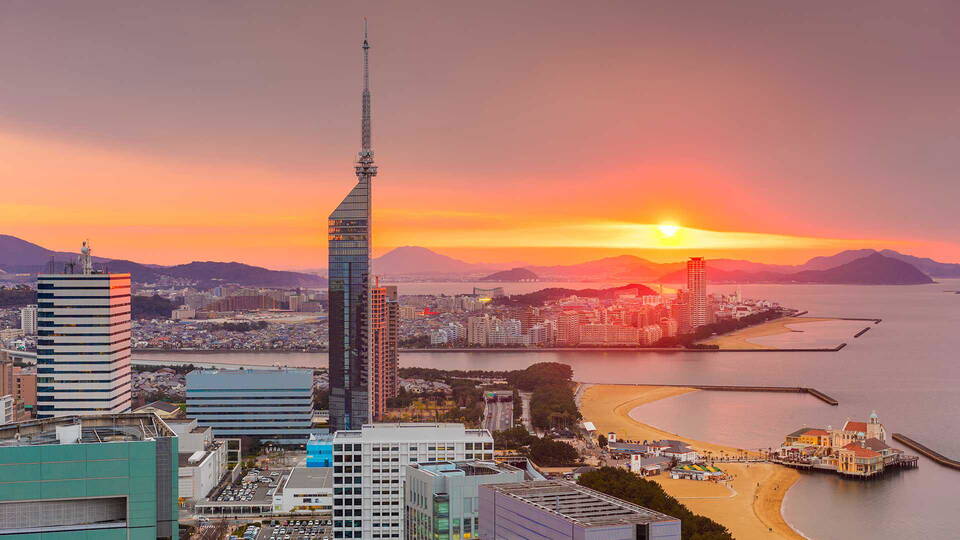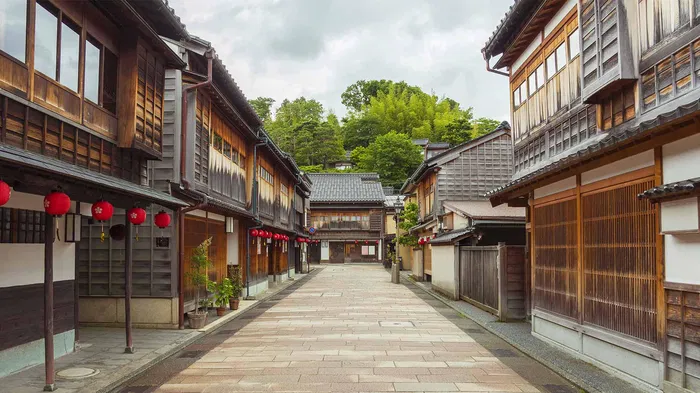Frantic chocolate-buying sprees, dramatic (or clumsy) confessions, exasperated groans, and disappointed hopes... There is only one day that can inspire so much stress; such visceral and divisive reactions: Valentine’s Day.
Valentine’s Day in Japan: Defining the Relationship with Chocolate
The history of Valentine’s Day in Japan begins in Kobe in 1932, at a Russian confectionary shop called Morozoff, which still makes some of the best cheesecake in Japan to this day. An advertisement for their Valentine's Day chocolates ran in the local English-language newspaper, aimed at foreign residents of the port city. However, Valentine’s Day did not really pick up steam among the Japanese until the 1970s.
While in the West, Valentine’s Day is a day for couples to celebrate their love with fancy dinners, boxes of chocolates, and flowers; in Japan, only women are expected to give gifts. Then, men respond on March 14th, White Day, with gifts that are more expensive than the value of the chocolate they received, even up to three times the price!
Valentine’s Day in Japan also goes hand-in-hand with kokuhaku, or love confession, culture. During a kokuhaku, one person reveals their feelings to the other, and a favorable response marks the beginning of an exclusive relationship. But in Japan, chocolate-giving on Valentine's Day is not just limited to couples; it can also be a gesture of goodwill to keep up amicable relationships at work or school.
Spending Valentine's Day in Japan?
Here are some handy guides to spending the romantic holiday when in Japan:
- Chocolate Gift Guide for Valentine’s Day in Japan
- How to Celebrate Valentine’s Day in Tokyo
- 9 Romantic Restaurants in Tokyo
Types of Valentine's Day Chocolate in Japan
There are many different types of chocolate, and while usually the relationship between the giver and receiver is usually already established, in some cases the intent might not be so clear. Chocolate can serve to further the relationship, and in some cases, the type of chocolate can give subtle cues about the relationship's standing. In this case, chocolate speaks louder than words.
Here are some of the main types of Valentine's Day chocolate in Japan.
- Giri Choco: “Obligation Chocolate”
- Honmei Choco: "True Feeling Chocolate"
- Gyaku Choco
- Tomo Choco, Homo Choco, and Yuri Choco
- Jiko Choco
1. Giri Choco: “Obligation Chocolate”
Obligation chocolate. It doesn't sound too appetizing, does it? Though very few people would say no to chocolate, who would actually want to receive something as dull and wearisome-sounding as “obligation” chocolate on Valentine's Day?
But in Japan, gift-giving culture is taken extremely seriously. Just one gift to a neighbor or friend can easily turn into a lifelong back-and-forth battle of generosity. The social pressure for Japanese women to gift chocolate to their male coworkers, bosses, and teachers can be quite powerful. So much so that in 2018, in a much-debated public statement, Godiva Japan called for the end of the custom. Some companies also have a no-gift policy to lighten the burden (financial and emotional) during the holiday season.
So, how do you know it’s giri choco?
Partly, from the price. Godiva Japan might have been trying to edge out their less-expensive competitors when they extolled the virtues of giving chocolate just to that special someone. Women whose wallets aren't lightened after purchasing generic chocolate for ten coworkers will have significantly more money to splurge on indulgent morsels for a romantic interest. Nice try, Godiva! And although purchasing individual boxes of chocolate for each male coworker is known to happen, it is also acceptable to get just one large box, to be passed around the office.
Scarcity is another factor. Is it a limited edition, hand-crafted box of decadent delights, that is now sold out? Chances are obligation has nothing to do with it. If it’s not giri-choco, it might be this next type of chocolate.
2. Honmei Choco: "True Feeling Chocolate"
Honmei choco or "true feeling" chocolate is intended for romantic love interests. This is the Rolls-Royce of chocolate. It might be the gourmet, high-end, bean-to-bar type of chocolate, but that isn't always the case. Homemade chocolates, while less expensive, can be quite literally a labor of love.
Box mixes, cookie decoration kits, pre-made tart shells, and chocolate molds in cute shapes are readily available in stores to make the process much easier. Depending on the gifter's abilities in the kitchen, it can also be an elaborate affair. Bite-size masterpieces, made completely from scratch, can consist of several different types of chocolate and include tasty fruit or nut fillings. For a finishing touch, these tasty morsels can be painstakingly decorated with pearl sugar or cocoa nibs or dusted with powdered sugar.
3. Gyaku Choco
This is a newer development of Valentine’s Day in Japan. Gyaku-choco, meaning “reverse chocolate” refers to chocolate gifted by men to women, an unorthodox move in Japan. While it may have been born of a clever marketing strategy to engage the male consumer base, it's also an imperative step towards chocolate equality that many can get behind.
4. Tomo Choco, Homo Choco, and Yuri Choco
While giri choco and honmei choco are the two most common types of chocolate given on Valentine's Day in Japan, there are a few other types as well. When chocolate is given between friends, it is called tomo choco, or "friendship" chocolate. When men give chocolate to other men, it's called homo choco. And then there's yuri choco, which is chocolate gifted between women.
5. Jiko Choco
Jiko choco is chocolate that is given to yourself. Faced with the burden of buying giri choco and honmei choco for the men in their lives, it's no wonder that this holiday leaves so many women feeling stressed and unappreciated. For the ladies who feel a little left out on Valentine's Day, the best remedy is to treat yourself!
White Day in Japan
Popular White Day gifts include cookies, white chocolate, jewelry, and marshmallows. So, if you're lucky enough to receive chocolates on Valentine's Day, enjoy them while they last, because come White Day on March 14th, it's your turn to return the favor!
Have a sweet tooth? Check out these matcha cafes dessert cafes and wagashi shops in Tokyo!
 Tokyo
Tokyo Osaka
Osaka Kyoto
Kyoto Hyogo
Hyogo Hokkaido
Hokkaido Nara
Nara Fukuoka
Fukuoka Hiroshima
Hiroshima Kanagawa
Kanagawa Ishikawa
Ishikawa Florence
Florence Paris
Paris Rome
Rome Porto
Porto Barcelona
Barcelona New York
New York Venice
Venice Madrid
Madrid Marrakesh
Marrakesh Istanbul
Istanbul